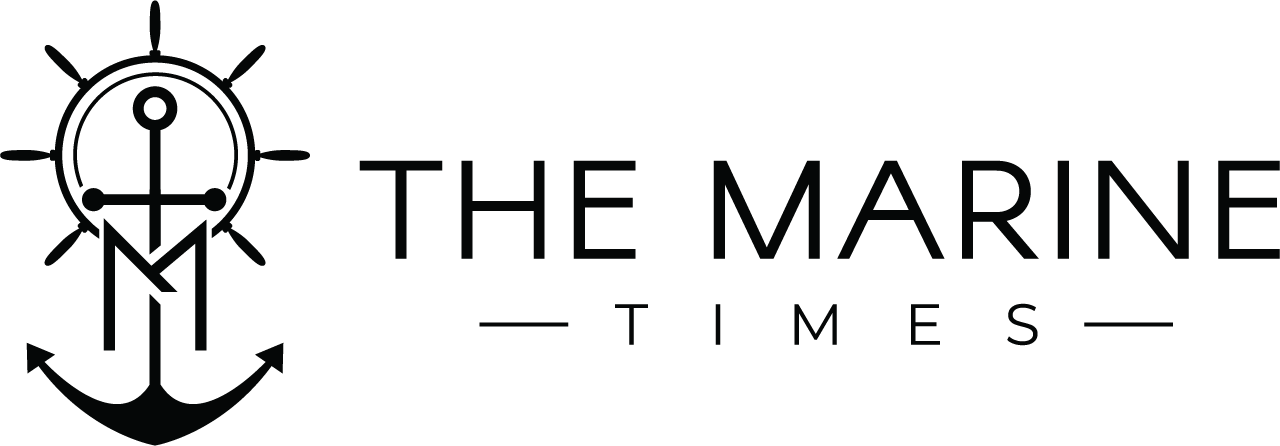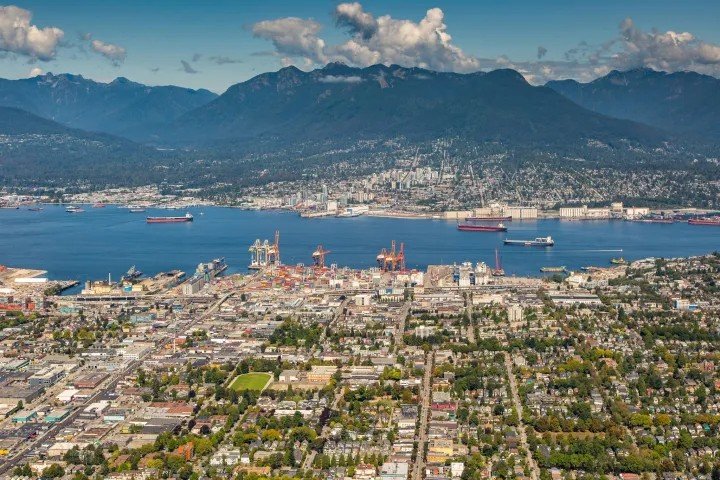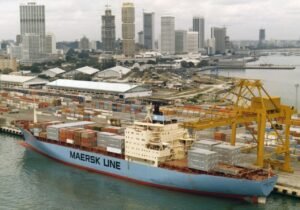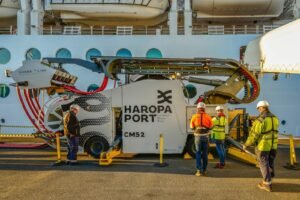The Vancouver Fraser Port Authority, in collaboration with industry stakeholders, has launched a new framework enabling ships to arrive at Canada’s Port of Vancouver “just in time”, aligning vessel arrivals more closely with terminal readiness.
By formalising near-time arrivals, the port authority aims to enhance predictability and reduce congestion, building on existing vessel traffic management tools that support more efficient port calls.
The initiative is designed to strengthen the resilience and fluidity of the maritime supply chain linking Canadian trade to 170 global markets through the port’s 29 terminals.
Under the new process, ship operators can now virtually tender their Notice of Readiness when approaching the Strait of Juan de Fuca, instead of waiting until arrival at the port. This gives them greater flexibility to adjust sailing speeds and arrival times in line with confirmed berthing windows.
Participating vessels will also be prioritised for anchorage assignments when brief stops are needed for inspections or port services.
Near-time arrival practices — including slow steaming and real-time communication of estimated arrival times — help synchronise ship arrivals with terminal operations, reducing idle time at anchor.
According to the port authority, the approach delivers multiple benefits:
- Operational – improved berth utilisation and reduced turnaround times;
- Environmental – lower fuel consumption and emissions through reduced waiting and slower sailing speeds;
- Community – less noise, light, and underwater disturbance from anchored vessels.
The port authority noted that formalising near-time arrivals transforms what began as a congestion mitigation measure into a proactive strategy for managing vessel traffic and anchorage use.
“Facilitating near-time arrivals aligns operational, environmental, and community benefits,” the authority said. “It is a key enabler of smarter and more sustainable maritime supply chains.”








